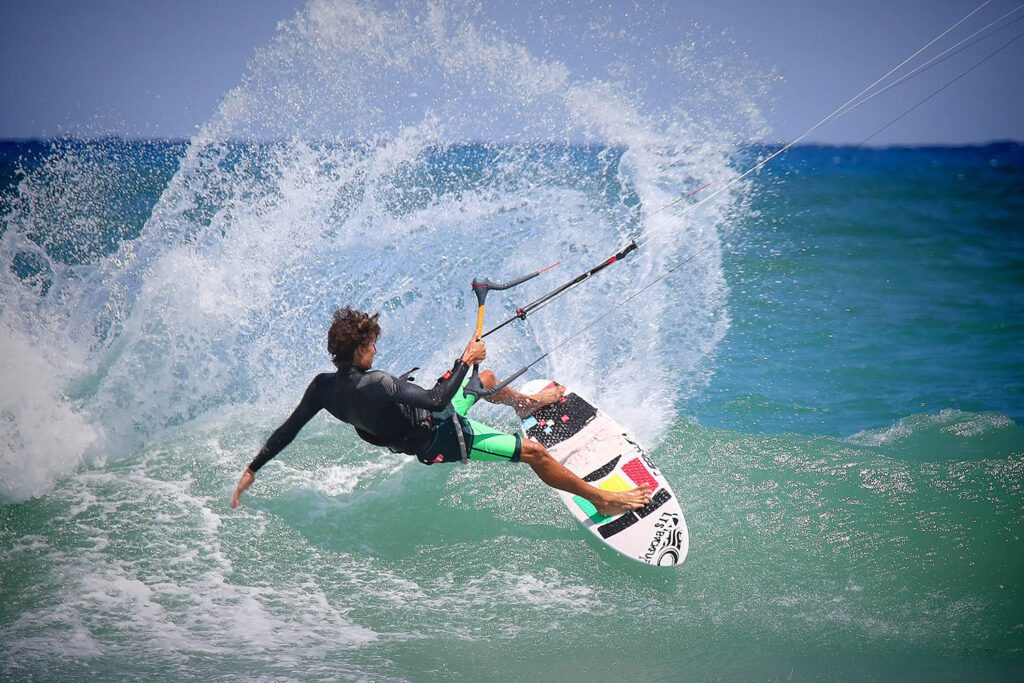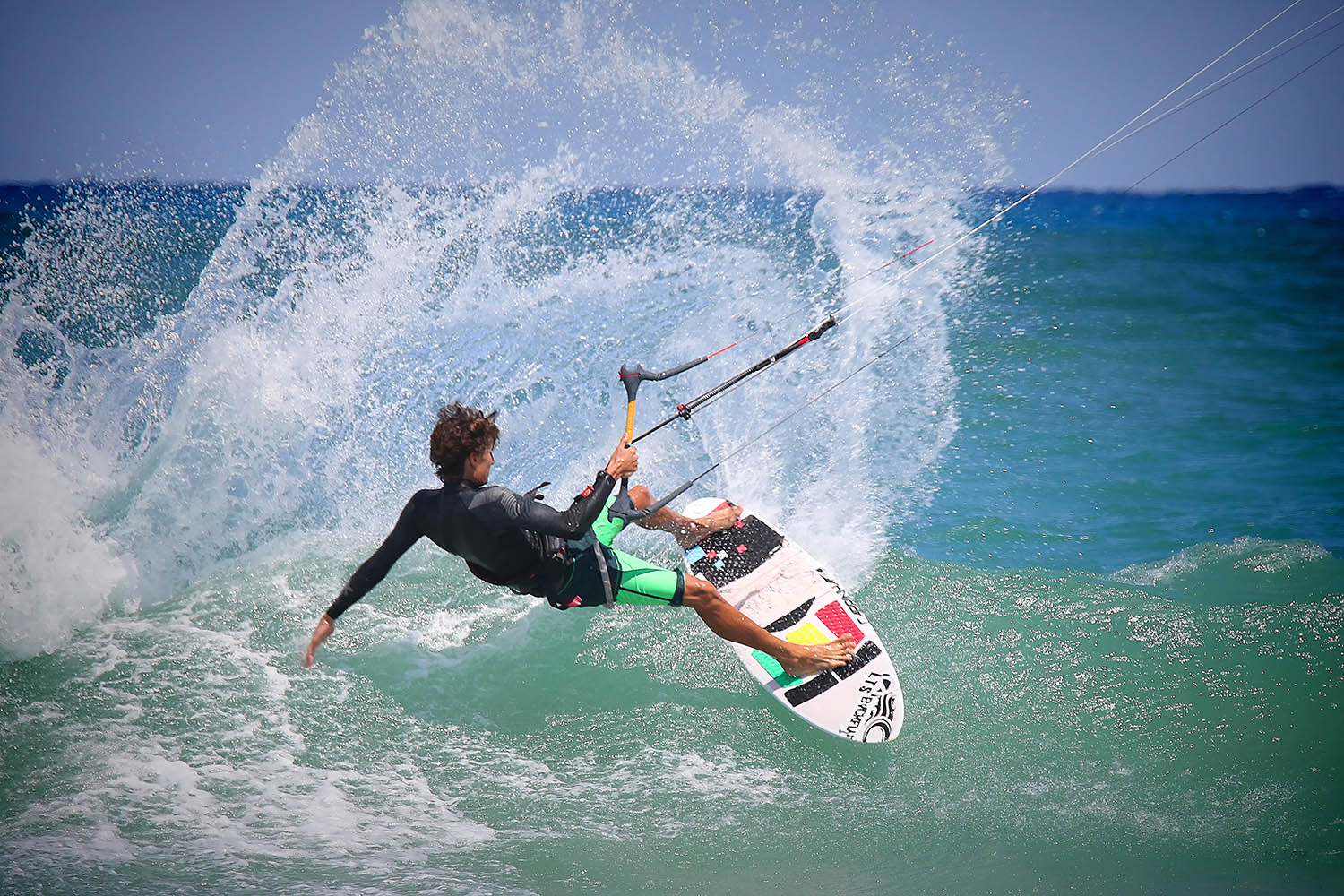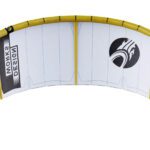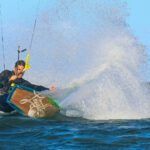
Types of Lines for Kitesurfing Kites
Introduction:
Kitesurfing, an adrenaline-fueled water sport that combines aspects of surfing, wakeboarding, windsurfing, paragliding, and gymnastics, has taken the world by storm. Central to this sport is the kite, which harnesses the wind’s power and propels the surfer across the water. However, it’s not just the kite that matters; the lines connecting the kite to the control bar are equally crucial in ensuring an exhilarating yet safe kitesurfing experience. This article explores the different types of kite lines available, ranging from short to regular and extra-long, and discusses their respective utilities and applications in kitesurfing.
Types of Lines:
Short Lines:
Short lines, typically 10 to 15 meters long, are best suited for beginners and those learning the ropes of kitesurfing. The reduced line length means that the kite is closer to the surfer, making it easier to control and reducing the chances of intense power spikes that can be difficult to manage. Furthermore, short lines are beneficial in locations with strong winds, as they reduce the kite’s power.

Regular Lines:
Regular lines, usually between 20 to 27 meters long, are considered the standard for kitesurfing. These lines offer a good balance between control and the ability to perform tricks. Compared to short lines, the additional length allows for higher jumps and more hang time. Regular lines are ideal for intermediate to advanced kitesurfers and are versatile enough for various wind conditions.
Extra Long Lines:
Extra-long lines are anything beyond 27 meters and can go up to 40 meters or more. These lines are particularly beneficial in light wind conditions as they allow the kite to reach higher into the sky, where the wind is often stronger. However, they can be trickier to control and are generally recommended for experienced kitesurfers. The additional height makes them well-suited for performing advanced tricks and achieving great airtime.
Conclusion:
The lines used in kitesurfing are an essential component that significantly impacts the kite’s control, performance, and safety. Short lines are best for beginners or strong wind conditions; regular lines are ideal for most kitesurfers and balance control and performance, while extra-long lines are best suited for light wind conditions and advanced tricks. Selecting the appropriate line length for your skill level and the prevailing wind conditions is crucial in optimizing your kitesurfing experience.
FAQ:
- Q: Can I switch between different line lengths? A: Many kitesurfers carry multiple sets of lines and switch them according to the wind conditions and their planned activities.
- Q: Are there specific brands or materials recommended for kite lines? A: Kite lines are typically made from high-strength materials like Dyneema or Spectra. It’s advisable to choose lines from reputable brands that are known for quality and durability.
- Q: Can I adjust my line length without changing the lines? A: Some bars allow for adjustable line lengths. These systems can be useful for small adjustments, but it’s best to switch to a different set of lines for significant changes in line length.
- Q: How often should I replace my kite lines? A: This depends on usage and conditions, but checking your lines regularly for wear and tear is recommended. Replacing them every one to two years is common among regular kitesurfers.
- Q: What should I do if my lines get tangled during kitesurfing? A: If your lines get tangled, remaining calm is essential. If you are not able to unit
Author
Latest entries
 WatersportsSeptember 16, 2024Cabrinha Moto X: Enjoy the Ride
WatersportsSeptember 16, 2024Cabrinha Moto X: Enjoy the Ride WatersportsMay 19, 2024Cabrinha 2024 Moto XL Review: The Ultimate Lightwind Kite
WatersportsMay 19, 2024Cabrinha 2024 Moto XL Review: The Ultimate Lightwind Kite WatersportsDecember 16, 2023Kiteboarding Travel
WatersportsDecember 16, 2023Kiteboarding Travel WatersportsDecember 14, 2023RED BULL KING OF THE AIR 2023
WatersportsDecember 14, 2023RED BULL KING OF THE AIR 2023




